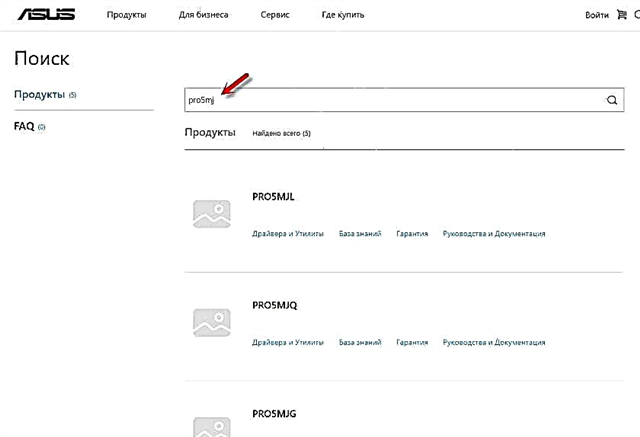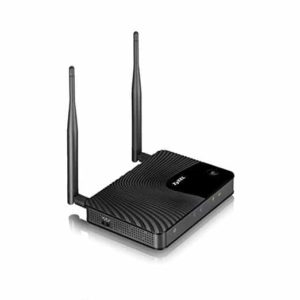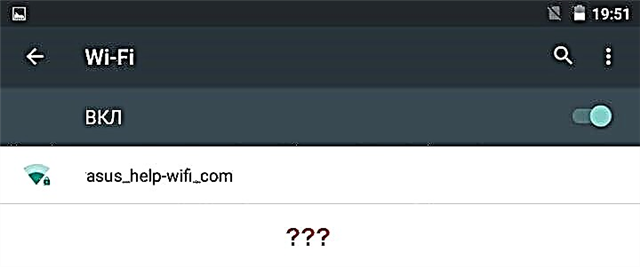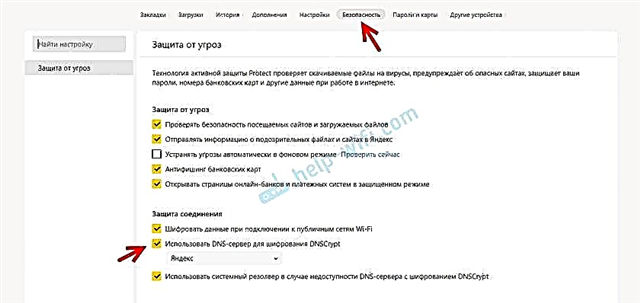I have already prepared several instructions for connecting a TV to a computer via an HDMI cable, and noticed that there is one very popular problem that many people face. The problem is that after connecting the TV to a computer or laptop, there is no sound on the TV. That is, the sound is not reproduced through the HDMI cable, but continues to sound from the laptop's speakers or speaker system.
We know that through HDMI cable, sound is transmitted. This means that it should sound from the TV speakers. And as a rule, the sound on the TV is much better and of higher quality than on the same laptop. Therefore, it makes sense to still configure the sound via HDMI cable on the TV. When I wrote the connection instructions, I myself faced a problem when there was no sound on the TV. But, this problem is solved very simply. You just need to change some settings on your laptop or PC. Moreover, in Windows 7 and Windows 10, these settings are almost the same.
I immediately give links to detailed articles on connecting a TV via HDMI:
- How to connect laptop to TV via HDMI? Using LG TV as an example
- How to connect a TV to a laptop via Wi-Fi or HDMI cable in Windows 10?
By the way, in these articles, I wrote about problems with sound. Everything is described in detail there. In one article on the example of Windows 7, and in the second, on the example of Windows 10.
Setting up HDMI audio for TV in Windows 7 and Windows 10
In Windows 10, these settings look exactly the same.
Connect your computer to your TV with an HDMI cable. Select the desired HDMI input on the TV as a source so that the image from the computer appears. Check if the TV itself is twisted or muted.
Next, on your computer, right-click on the sound control icon in the notification bar. Select item "Playback devices".

To open these settings in Windows 10, you first need to go to the sound settings and go to the "Sound Control Panel" there.

Further, the parameters will not differ.
In a new window, in the list of available devices, you will see your TV, or “Digital Audio (HDMI)” device. I have, for example, Philips. You may have it written there LG, Samsung, Sony, etc. Right-click on it and select "Use as default".

Everything, the sound will work on the TV. The device we have selected will be used by default. Click Okto close the window.

As you can see, you just had to change the playback device, and the sound immediately began to sound from the TV. In the same way, you can switch back to laptop speakers, or speakers. After disconnecting the HDMI cable, the sound will automatically be heard from the speakers. And when you reconnect the TV, the sound itself will work via HDMI.
If you need output sound to both computer speakers and TV speakers at the same time, then you can try to configure everything according to this instruction.
Checking the High Definition Audio Controller (Microsoft, AMD, NVIDIA, Intel)
In the comments, Andrey shared information that he had a Samsung TV (I think, no matter what TV), was also not displayed in the "Playback Devices" list.
The problem turned out to be in the High Definition Audio controller (Microsoft), which for some reason was disabled in the device manager.
Therefore, we go to the device manager, open the tab "System devices", we find there "High Definition Audio Controller (Microsoft)" and see if there are any icons next to it. If so, right-click and try to turn it on.
You can also open the properties and see if this device is working normally. As a last resort, you can turn it off, restart your computer and turn it back on. I do not recommend deleting it. There is no guarantee that it will be installed automatically after a reboot. You can stay without sound at all. Not just HDMI.

Also check the tab "Sound, game and video devices"... There might be an "NVIDIA High Definition Audio" adapter, or AMD. It already depends on the installed video card.

For example, I have a monitor with speakers connected via HDMI is displayed on the tab"Audio Inputs and Audio Outputs"... Be sure to look at this tab. Maybe a TV is displayed there, which is connected via HDMI and to which sound is not output. In my case, this is Intel Audio for Displays.

So be sure to check these three sections in the device manager. Maybe you really have some kind of adapter disconnected there and because of this, all the problems with the sound on the TV or monitor.
Update: the cable is connected to the HDMI (DVI) v1.3 port, through which sound is not transmitted
Responding to the comment of a visitor to another article (which is related to the problems of image output via HDMI), I found out one interesting point.
Usually, near the HDMI input on the TV, in addition to the port number in brackets, there is also additional information (DVI, STB, ARC, MHL). In most cases, these ports have some functionality. But now is not about that. We are interested in the HDMI (DVI) port. This port is intended for connecting computers and laptops, when the TV acts as a monitor, where sound output is not supposed to be needed.
So, if your TV has an HDMI (DVI) version 1.3 port and you connected a computer to this port, then the sound will not be output! In HDMI version 1.4, this port already received support for audio output.

I thought this might be the cause of the problem that this article is about to solve. Especially on outdated TVs. Plug the cable into a different port. Which is signed simply HDMI IN, or HDMI (STB).
Update: enable display of disconnected and disconnected devices
Another way was suggested in the comments. Open "Playback Devices", and right-click on an empty area in the window. Check the boxes next to two items: "Show disconnected devices" and "Show disconnected devices".

Update: reinstalling the driver
In the comments, Vitaly advised a way that helped him solve this problem. And judging by the reviews, it helped not only him.
The bottom line is to update the driver (video, audio) through the DriverPack Solution program with a TV connected via HDMI. To be honest, I am against these programs. They can slip such a driver that you can't rake it later. But if it helps, and people write that everything works, then I decided to add this method to the article.
Update: remove the sound card in device manager
Another tip from the comments. I myself have not tested this, but there are reviews that the method works.
The TV must be connected to a computer, or laptop. Next, you need to go to the device manager, and open the "Sound, game and video devices" tab there. There should be audio adapters that need to be removed (try in turn). Depending on the computer (laptop), the names may differ. I have this most likely "Intel (R) Audio for Displays", or "Realtek High Definition Audio".
Just right click on the adapter and select "Delete". When the device is removed, click on the "Update hardware configuration" button. Or restart your computer.

After that, the adapter should be reinstalled, and the sound on the TV via HDMI should work.
Update: troubleshooting
Connect your TV to your computer via HDMI cable. Check out all the tips I wrote about above. If all else fails, then you need to run troubleshooting. This can be done via Control Panel in Windows 10, 8, 7 (Control Panel All Control Panel Items Troubleshooting Hardware and Sound). Or by right-clicking on the sound icon and selecting "Diagnose Sound Problems".

Windows may detect and fix some issues. After that, follow the steps I wrote about at the beginning of this article.
Update: Disable Bluetooth
Another solution was shared in the comments. Disabling Bluetooth on the laptop helped. After that, the sound appeared on the TV. How it can be connected at all - I do not know. You can try disabling Bluetooth in system settings, or disabling the adapter in Device Manager.
If you still have any questions about this article, then ask them in the comments. Good luck!











